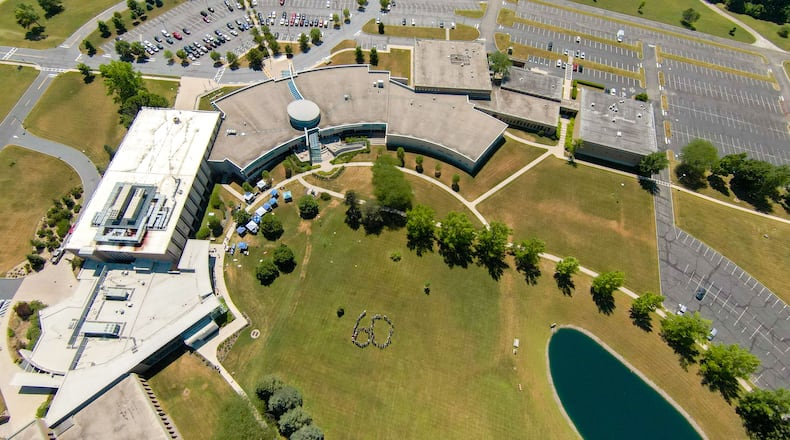The total economic impact of the college on Champaign, Clark, Greene and Logan counties includes operations, student spending and capital investment.
“Clark State’s educational and community development commitments are, in part, quantified by our increasing economic impact across our region,” said president Jo Alice Blondin.
The study found that the college is embedded in the local community and contributes to the development of the talent necessary for the economy to thrive.
“While its main purpose is to educate students, Clark State, directly and indirectly, contributes to the local economy through its purchases and ability to attract and retain students and workers,” college officials said.
In fiscal year 2019, the college generated $181.4 million in economic output, supported 1,775 jobs and generated $69.8 million in earnings in the local economy through its operations and capital expenditures, and the spending of its students. They also generated a total fiscal impact of $14.2 million in earnings and sales tax revenue for federal, state and local governments.
Doreen Larson, president of Edison State Community College and chair of the SOCHE Board of Trustees, said the study reinforces the role of higher education as a regional economic driver.
“Through changing times and economic climates, our two- and four-year institutions have continued to provide the quality training and education needed for individuals to better themselves, their careers, and their lives. Through internships, capstones, and other immersive work experiences, our students are connecting with in-demand industries and employers to advance our regional economy,” Larson said.
The full report is available online at www.soche.org.
About the Author

